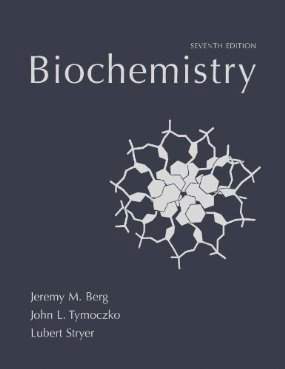Connecting...

For more information, please see full course syllabus of Biochemistry
Biochemistry Polysaccharides, Part 2
Cellulose and glycosaminoglycans are both biologically important types of polysaccharides. Cellulose is a structural homopolysaccharide made up of glucose in a beta-(1,4) configuration. This lecture explains how to draw a trimer (three monomers) in a Haworth projection. Other projections can be used to show the geometry of the oxygen in the glycoside bond, which has a bent structure. Glycosaminoglycans (GAGS) are heteropolysaccharides and are part of the extracellular matrix, a gel-like substance that holds cells in place. There are a variety of forms such as hyaluronic acid, hyaluronates, and others, and are generally linear chains of repeating disaccharide units (no branching). Some GAGS have sulfates attached to the hydroxy groups. These attachments form patterns that can be recognized by proteins, playing a major role in cell recognition.
Share this knowledge with your friends!
Copy & Paste this embed code into your website’s HTML
Please ensure that your website editor is in text mode when you paste the code.(In Wordpress, the mode button is on the top right corner.)
- - Allow users to view the embedded video in full-size.










































 Answer Engine
Answer Engine




Start Learning Now
Our free lessons will get you started (Adobe Flash® required).
Sign up for Educator.comGet immediate access to our entire library.
Membership Overview